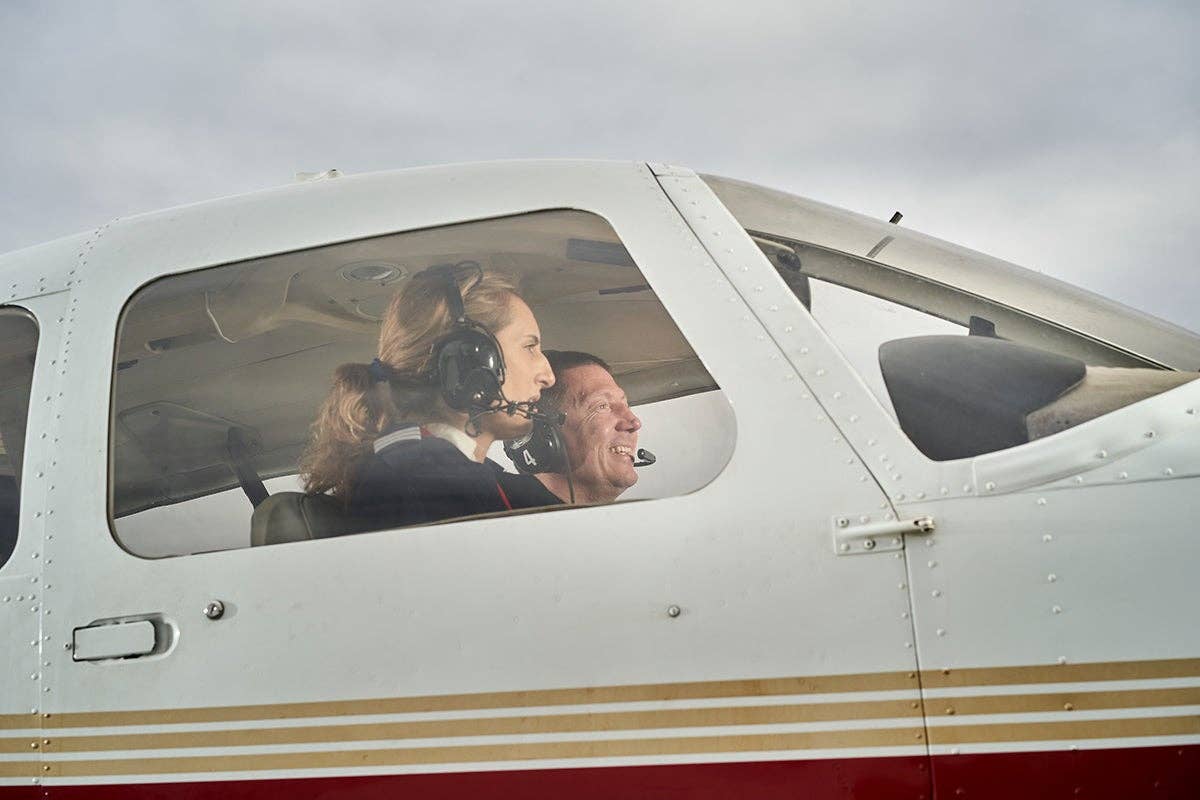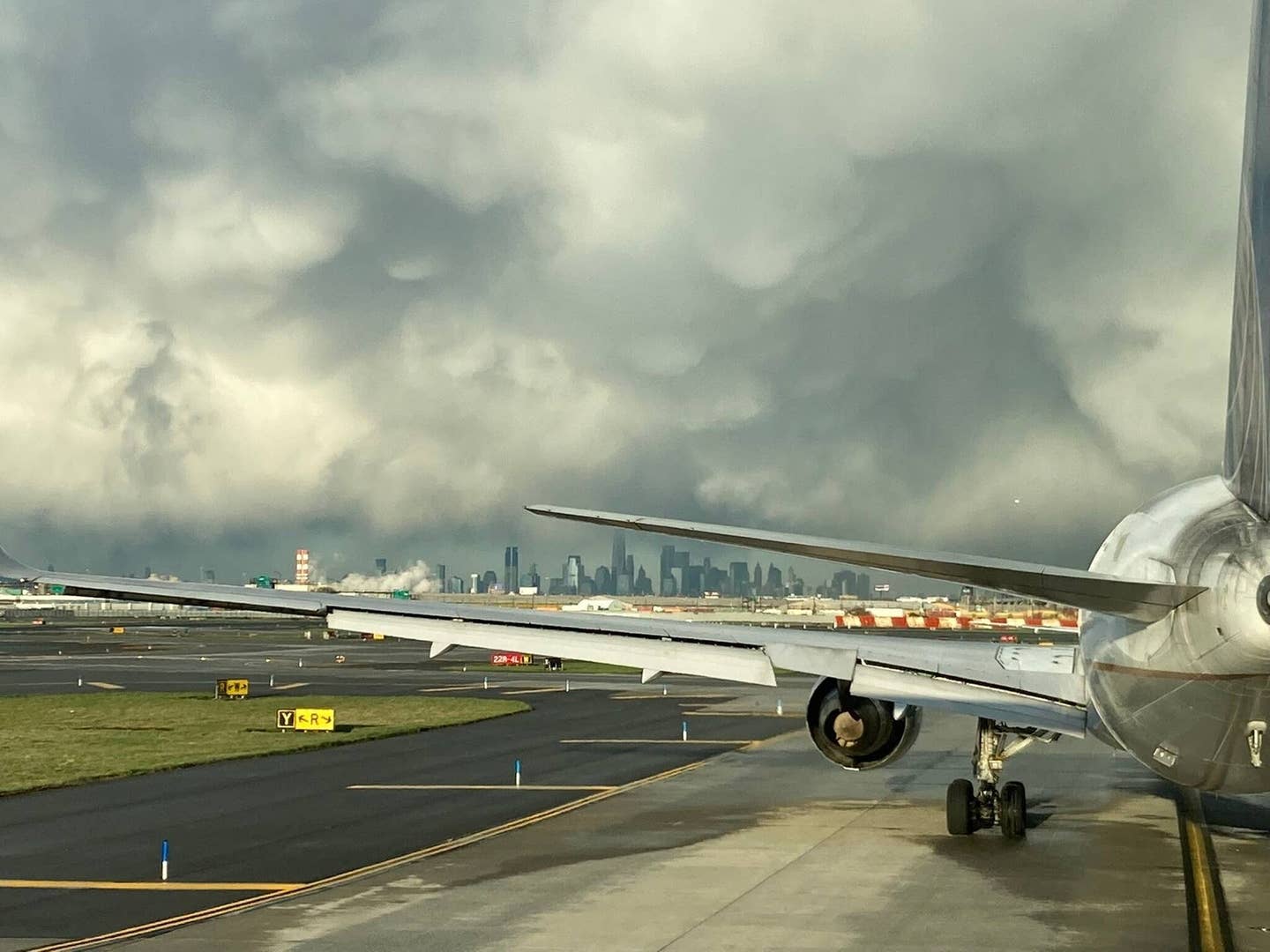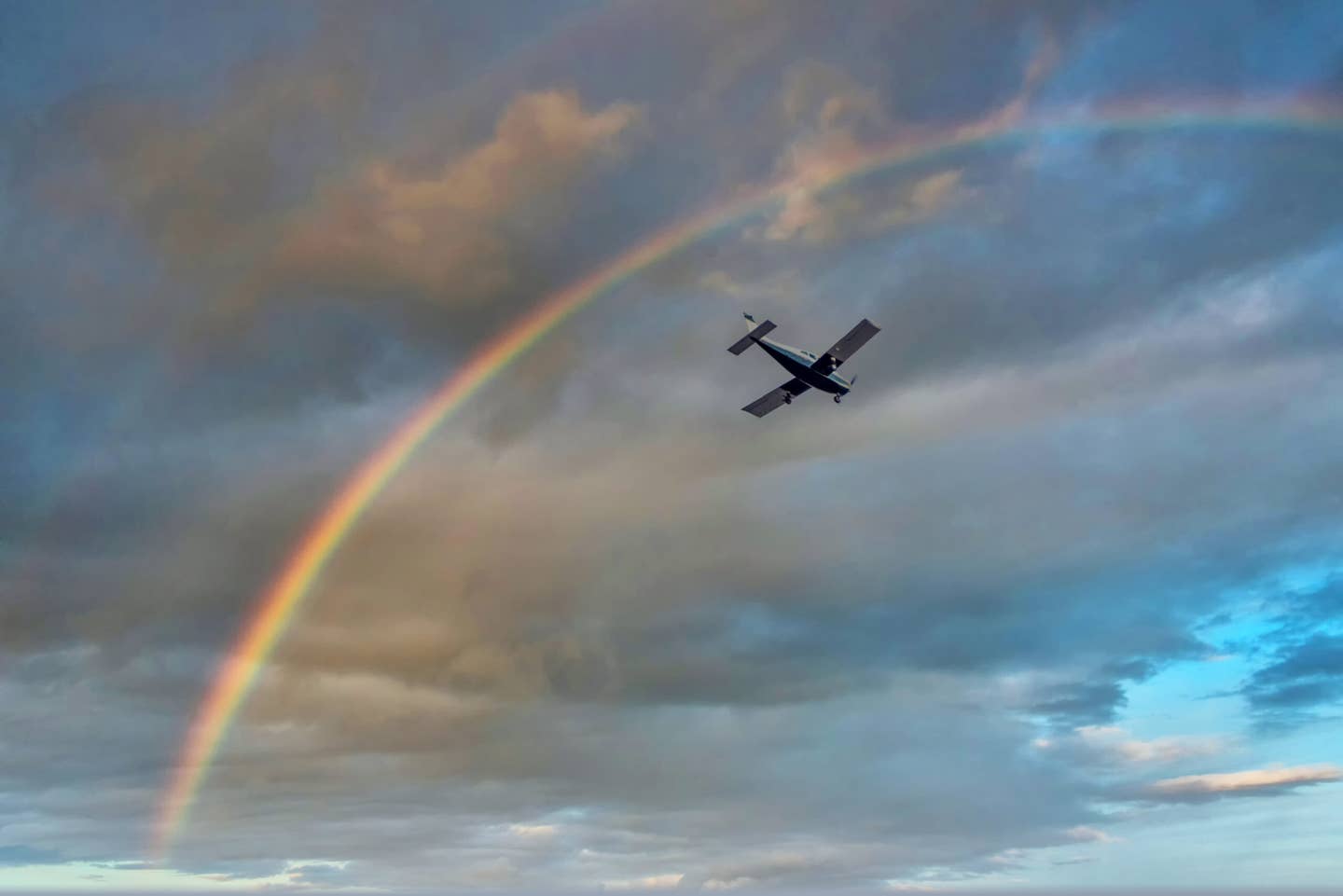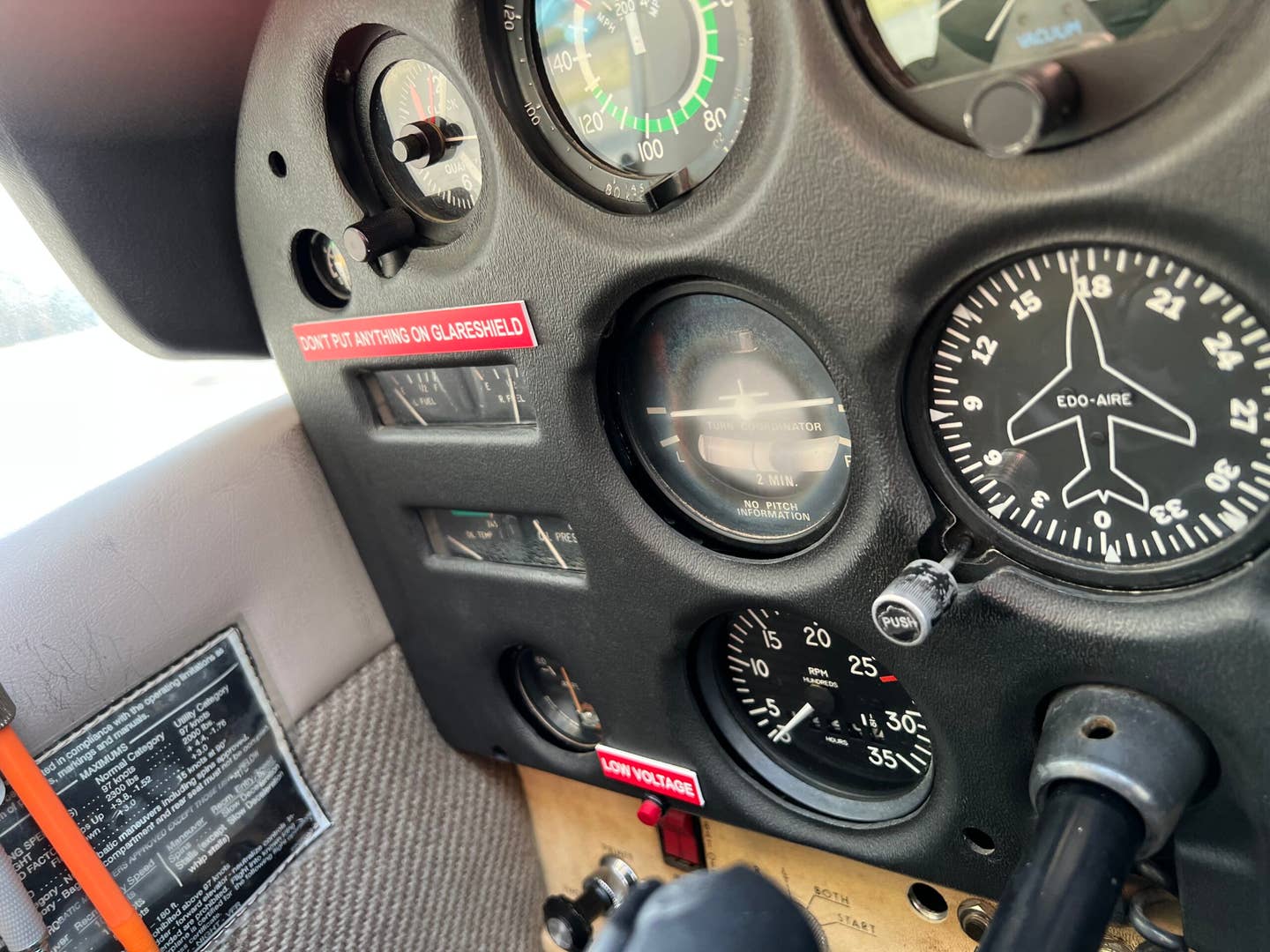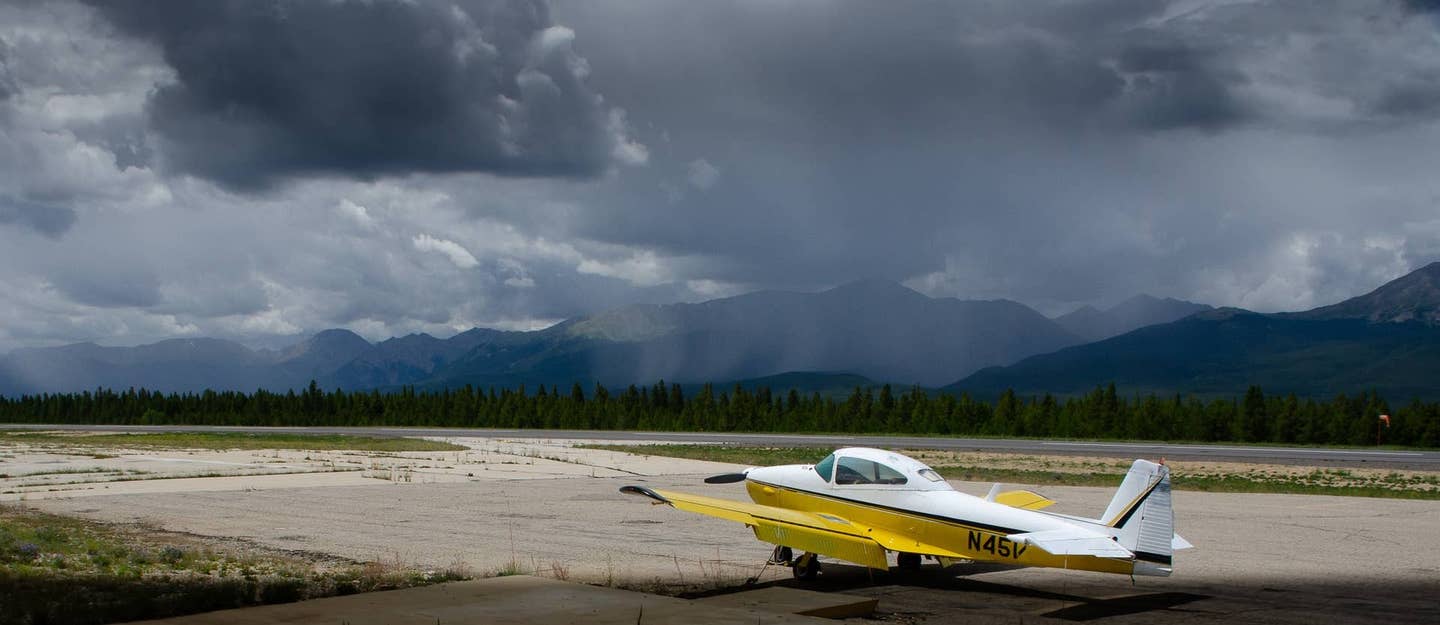
Sam Burt
Veteran combat airmen based in England during World War II understood the need to be prepared for the worst. Crash landing or bailing out over enemy territory meant a long hike home, at best. So they gave careful thought to carrying whatever it might take to find their way back to friendly territory.
Without anyone shooting at us as part of our flight plan, the urgency to prepare for a forced landing is not as severe. But it's worth taking a few minutes before each flight to consider what would happen if we found ourselves "down there looking up" instead of "up here looking down." Being prepared for an off-airport landing is even more critical as the weather turns colder. Here are a few simple things we can do to maximize our chances for survival should we end up somewhere short of our final destination.
First, make sure you have your cell phone charged and on your person. Since I shut my phone off while in flight, I used to toss it in the back seat or on the empty passenger seat. Then I read about a driver who ran off the road and was pinned in her car for two days because she couldn't reach the cell phone that had dropped to the floor from her front seat in the crash. Ever since, I keep my phone strapped to my belt while in flight, just in case.
Especially if you fly where cell phone coverage may be spotty, you should also keep your handheld aviation radio handy. Should you need help, you can issue a 'mayday' call on the emergency frequency (121.5) or scan for airline traffic and shout out to a passing airliner.
Rounding out the electronics, it should go without saying that your ELT should have updated batteries and be armed. The new 406 MHz ELTs are not yet mandatory in U.S. airspace, but their superior locating qualities — and the fact that satellites no longer seek out 121.5 MHz signals — are tempting reasons to upgrade.
Taking a page from the World War II pilots, we need to consider what we're wearing as we cruise in comfort above the frozen landscape below. We should at least have appropriate outerwear on board, and our shoes should be up to the challenge of at least a reasonable hike to safety. One of my instructors told me once that even doing touch and goes in the pattern could place you a few miles from a road, so even short flights should be flown with this in mind.
Consider what you have on board in the way of survival gear. I have a first aid kit and waterproof matches. And my canopy cover could be pressed into service as a workable tent should I need to spend an unscheduled night out camping in the woods. I try to remember to bring fresh water and snacks with me, too.
There are plenty of other measures we can take to prepare for the worst when it comes to forced landings, and I'd love to hear some of yours (enewsletter@flyingmagazine.com). But the first step is acknowledging that it CAN happen. After that, you can take your preparation as far as you think it best.

Sign-up for newsletters & special offers!
Get the latest FLYING stories & special offers delivered directly to your inbox

